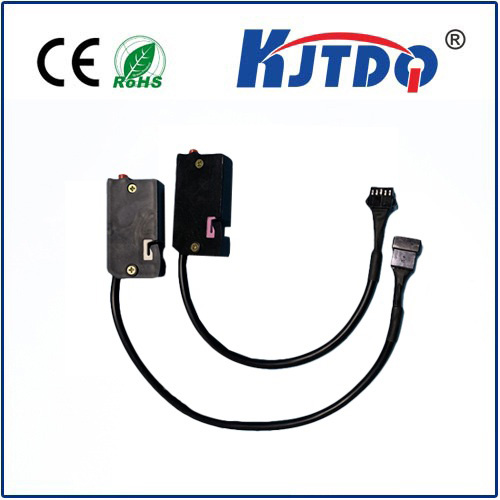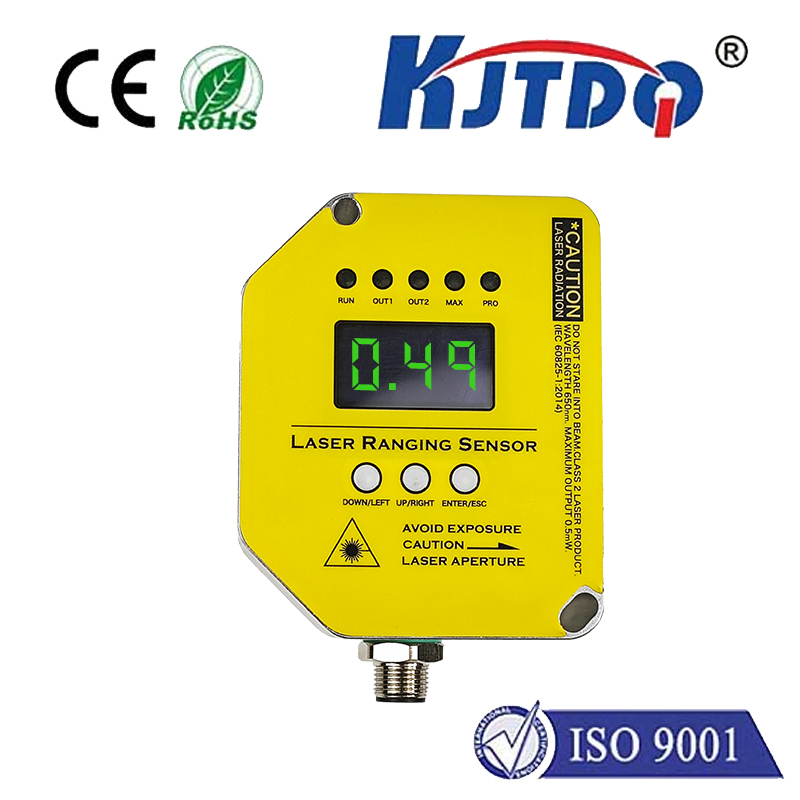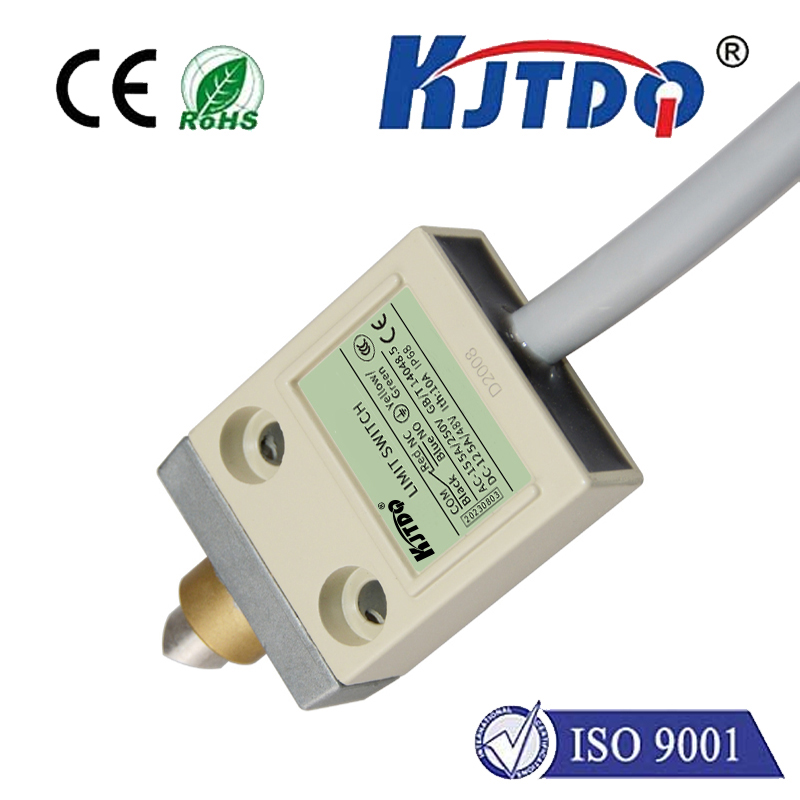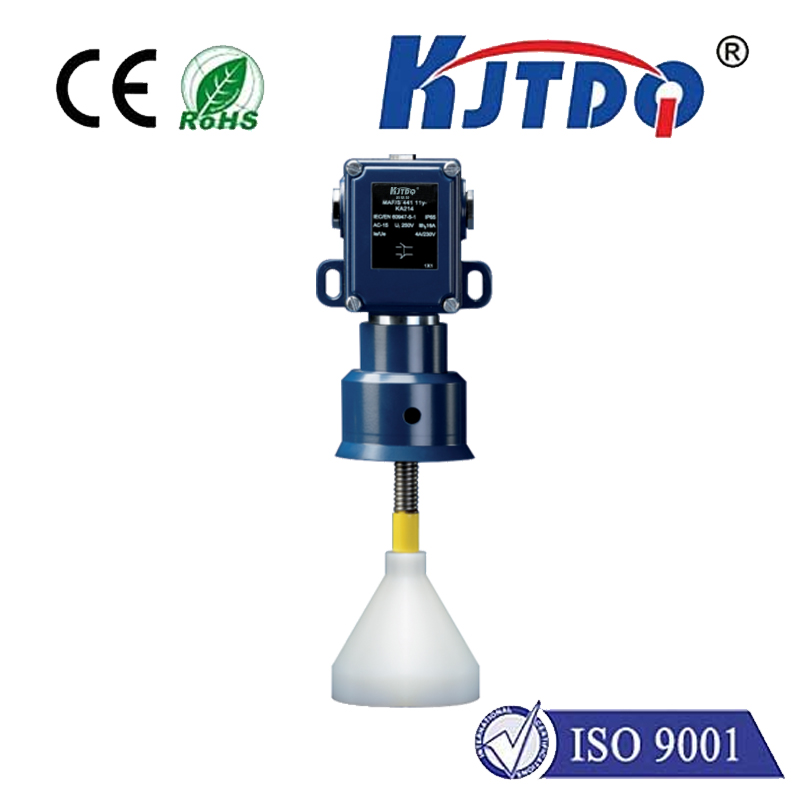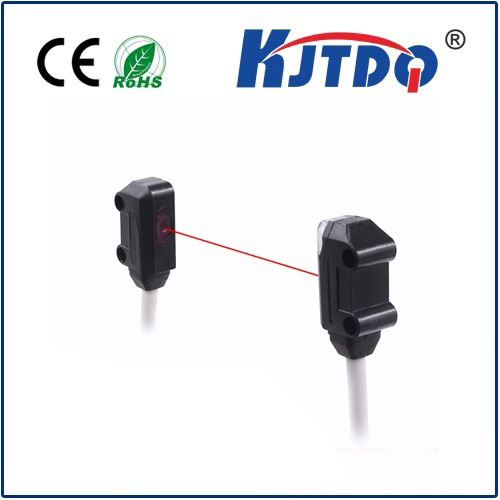
check

check

check

check
In the ever-evolving landscape of mobile technology, one innovation has captured the attention of consumers and businesses alike - the calling sensor. This cutting-edge feature has transformed the way we use our smartphones, offering unprecedented levels of convenience and efficiency in both personal and professional settings. In this article, we will delve into the world of calling sensors, exploring their capabilities, benefits, and potential future developments.
The Concept of Calling Sensors
At its core, a calling sensor is a small device that is integrated into a smartphone's operating system. It works by using various algorithms to detect when the phone is being called and provide users with immediate notifications or other relevant information. This can include things like displaying the name and number of the caller, indicating whether the call is answered or unanswered, or even playing a personalized ringtone based on the contact's preferences.
The Impact of Calling Sensors on Communication
The introduction of calling sensors has had a profound impact on the way we communicate. By providing real-time updates on incoming calls, users are no longer left guessing about whether they have missed an important message or missed an opportunity to connect with someone. This level of transparency has led to increased productivity and better communication between individuals and businesses alike.
Moreover, calling sensors have also improved safety in certain situations. For example, if an emergency call comes in while the user is driving, the sensor can automatically notify them and even play a loud siren to draw attention to the vehicle. Similarly, if a user receives an unwanted call from an unknown number, the sensor can immediately alert them and help prevent potential harassment.
Potential Future Developments of Calling Sensors
Despite their many benefits, calling sensors still have room for improvement. One area of focus for developers is improving accuracy and reliability. While most sensors work well most of the time, there are still occasional issues with false positives or negatives. Additionally, some users may find it annoying or intrusive when their phones constantly notify them of every call, even if it's just a friend checking in or receiving messages.
To address these concerns, researchers are exploring new technologies such as AI-powered algorithms that can analyze patterns in user behavior and adjust the sensitivity of the sensor accordingly. They are also developing more advanced sensors that can detect not only calls but also other types of signals such as text messages or email notifications.
Conclusion
Overall, calling sensors represent a significant milestone in the evolution of mobile technology. By providing users with real-time information and improving safety in certain situations, they have become an essential tool for both personal and professional use. As research continues to advance, it remains to be seen what new innovations will come next, but one thing is certain - the future of calling sensors looks bright indeed.

